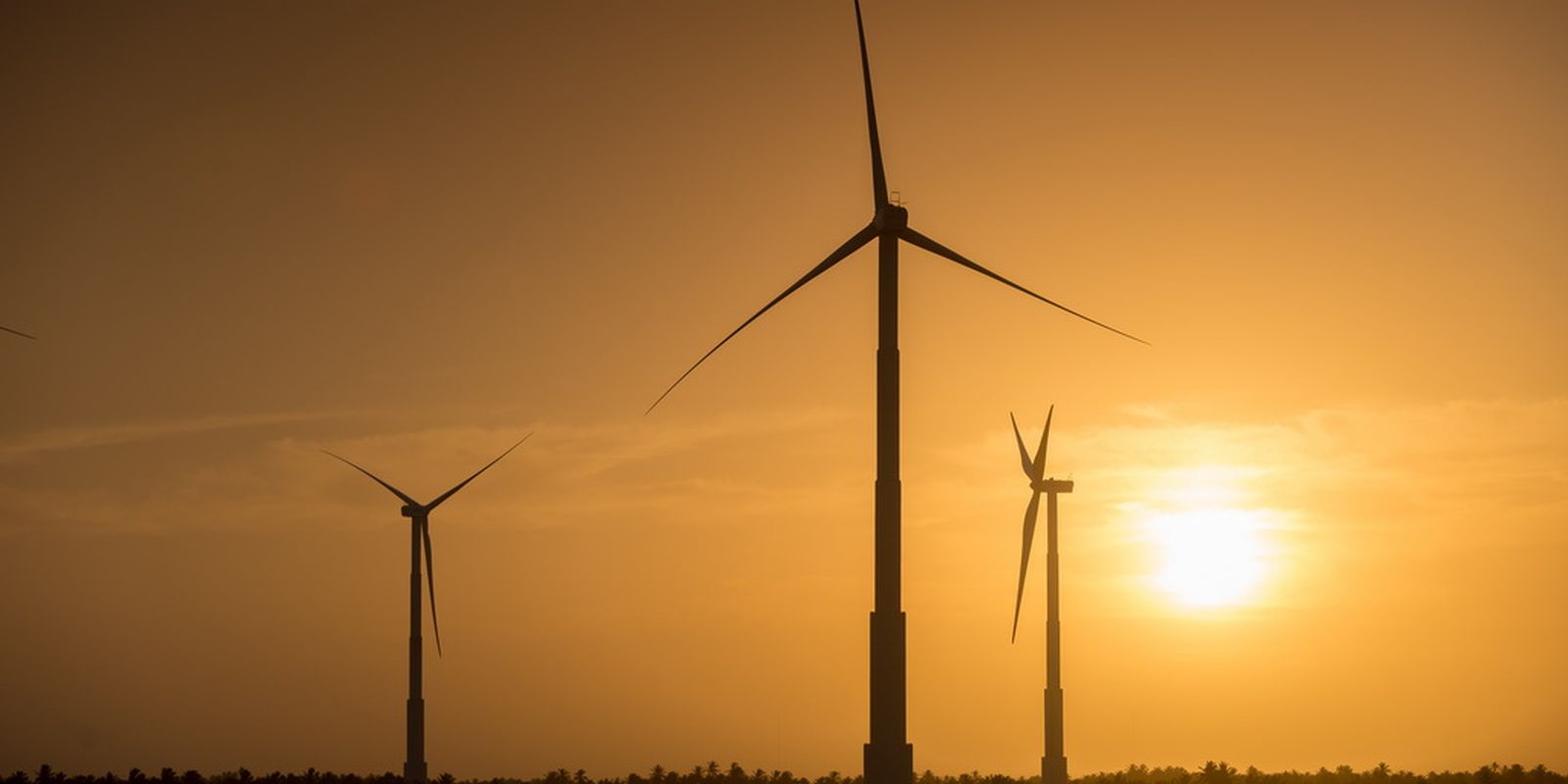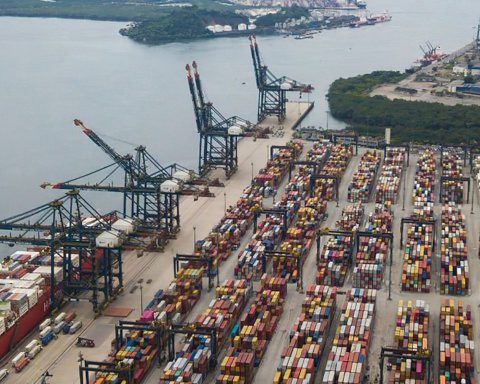With 168 new power generation plants in operation, Brazil closed the first half of 2024 with an increase of 5.7 gigawatts (GW) of installed power in the electricity matrix. The number represents an increase of 18.7% compared to the first half of 2023 and a record in the last 27 years for the period. 
In June of this year alone, there was an increase of 889.51 megawatts (MW) with the entry into operation of 27 plants, 13 of which were wind power, 10 photovoltaic and four thermoelectric.
The electrical matrix is the set of sources available for generating electrical energy in a country, such as hydroelectric, wind, solar and thermoelectric plants.
Expansion
According to the National Electric Energy Agency (Aneel), the forecast for growth in the country’s electricity generation for 2024 is 10.1 GW, lower than last year, when there was growth of 10.3 GW.
Currently, Brazil’s installed electricity capacity, that is, the country’s maximum energy production capacity, totals 203.8 gigawatts. Of this total in operation, 84.62% of the plants are considered renewable.
The four largest renewable sources that make up the Brazilian electricity matrix are hydroelectric (53.88%), wind (15.22%), biomass (8.31%) and solar (7.2%). Among the non-renewable sources, the largest are natural gas (8.78%), oil (3.92%) and coal (1.7%).
















